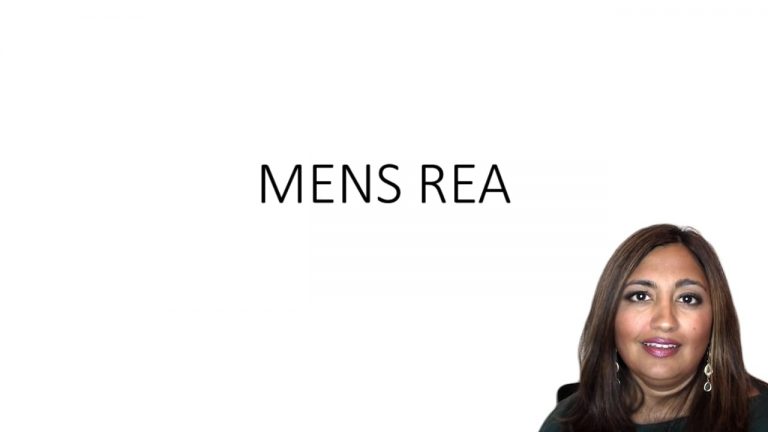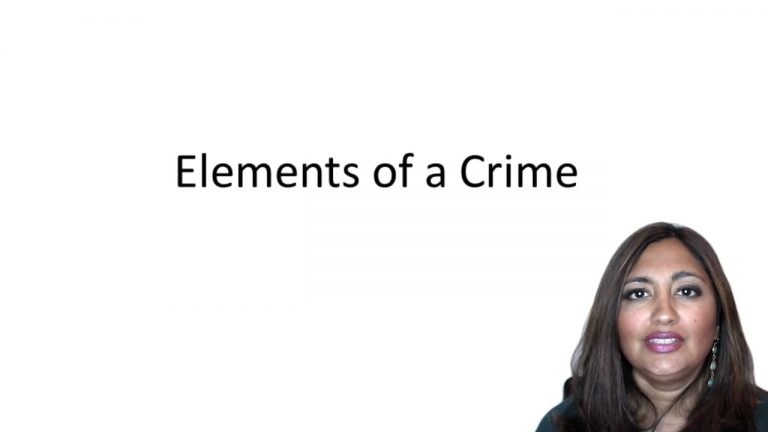SmartBrief
Confirm favorite deletion?
Criminal Law Keyed to Gershowitz
Oates v. State
Citation:
97 Md.App. 180, 627 A.2d 555.Facts
On April 14th, 1990, a birthday party was being held at a restaurant. The defendant and co-defendant, Roderick Giles, were not participating in the party, but were also at the restaurant. A fight broke out between the defendant and the codefendant, on the one hand, and various party guests, including Patrick Stanford, on the other hand.
At some point, the defendant and Giles left the restaurant and were on the parking lot at the same time that various party guests were leaving. The defendant and Giles then saw Patrick Stanford at a stoplight. They got out of their car with a crowbar and smashed the windows of Stanford’s vehicle. Stanford was pulled out of the vehicle and both defendants proceeded to punch and kick him. The co-defendant also stabbed him. Stanford did not survive.
The defendant testified that it was his intention only to break the window and then leave. He was surprised when Giles began fighting with the victim and he tried to pull Giles off the victim. He disclaimed any intention of hurting anyone that evening. The jury found that the defendant jointly participated with Giles in the criminal homicide. The jury convicted Giles of second-degree murder and Oates of involuntary manslaughter. He appealed, arguing that his guilty verdict was legally inconsistent as he couldn’t have aided and abetted a manslaughter when the person he aided and abetted was not found guilty of manslaughter.
Only StudyBuddy Pro offers the complete Case Brief Anatomy*
Access the most important case brief elements for optimal case understanding.
*Case Brief Anatomy includes: Brief Prologue, Complete Case Brief, Brief Epilogue
- The Brief Prologue provides necessary case brief introductory information and includes:
Topic:
Identifies the topic of law and where this case fits within your course outline.Parties:
Identifies the cast of characters involved in the case.Procedural Posture & History:
Shares the case history with how lower courts have ruled on the matter.Case Key Terms, Acts, Doctrines, etc.:
A case specific Legal Term Dictionary.Case Doctrines, Acts, Statutes, Amendments and Treatises:
Identifies and Defines Legal Authority used in this case.
- The Case Brief is the complete case summarized and authored in the traditional Law School I.R.A.C. format. The Pro case brief includes:
Brief Facts:
A Synopsis of the Facts of the case.Rule of Law:
Identifies the Legal Principle the Court used in deciding the case.Facts:
What are the factual circumstances that gave rise to the civil or criminal case? What is the relationship of the Parties that are involved in the case.Issue(s):
Lists the Questions of Law that are raised by the Facts of the case.Holding:
Shares the Court's answer to the legal questions raised in the issue.Concurring / Dissenting Opinions:
Includes valuable concurring or dissenting opinions and their key points.Reasoning and Analysis:
Identifies the chain of argument(s) which led the judges to rule as they did.
- The Brief Prologue closes the case brief with important forward-looking discussion and includes:
Policy:
Identifies the Policy if any that has been established by the case.Court Direction:
Shares where the Court went from here for this case.
Topic Resources
Topic Videos
 15m 13s
15m 13s 10m 5s
10m 5sTopic Outline
